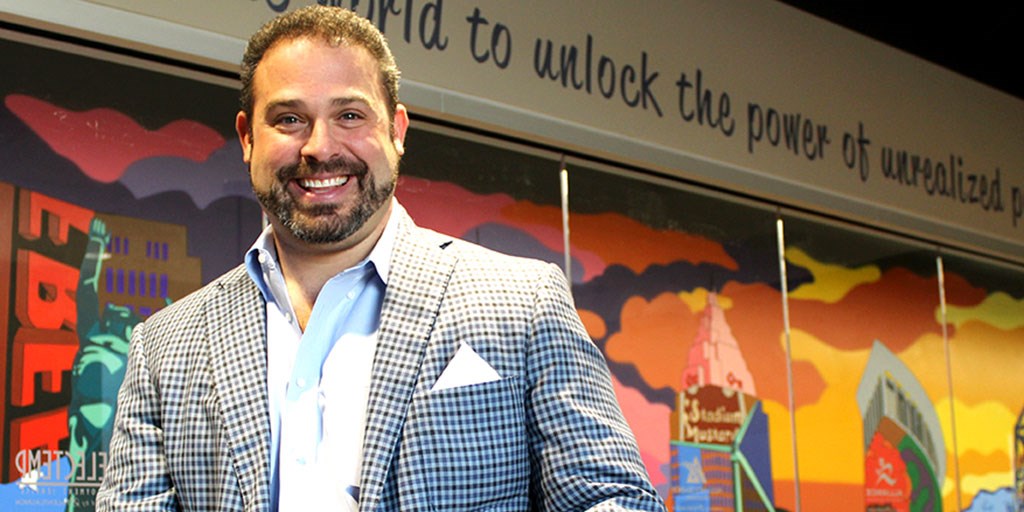As we embarked on pursuing acquisitions as a growth strategy, I immediately put my active learning hat on.
I began reaching out to people I knew in the community who had a lot of experience with mergers and acquisitions. I met with investment bankers, as well as principals of private equity firms. I spoke with independent companies who had executed on multiple transactions.
What was glaringly consistent was the importance and value of culture.
It wouldn’t be hard to identify profitable businesses that look like they could make a lot of sense. That wasn’t going to be our problem. The issue is understanding how to look at these profitable businesses and identify which ones actually align to your culture.
I left the various conversations I had with the sense that acquiring businesses was a much more difficult task, especially if we didn’t have a very strong sense of our culture.
If we were going to follow through on our goal of becoming the succession plan for successful staffing companies that didn’t have one, we had to really understand our culture so that we could measure possible targets against it.
Does it support your purpose?
I spent close to a year formalizing what our culture looked like. I actually created an infographic of a redwood tree to describe our culture.
At the core is our purpose. This is why we exist, why we come into work each day. It is to motivate the world to unlock its unrealized potential. The essence of this phrase is of a giving mindset. Our purpose alone could be leveraged to vet out the vast majority of targets who were simply in business for the money and hadn’t set up a culture to support our purpose.
With our tree, the roots are considered to be our core values, and they have simple definitions that tell a story. As we all should know, a great redwood tree doesn’t grow in Northeast Ohio. It grows strong in the Pacific Northwest. Why? Northeast Ohio doesn’t have the right environment to support the roots of a redwood to take hold and grow into a tree.
I correlate this to the values of a business. If the right environment doesn’t exist to support the core values to grow, then that business will either die or be unable to scale. We spent some time understanding the environment we needed for our core values to grow and we defined them and placed them into our tree concept.
Are you willing to walk away?
Once we had a simple way to understand our culture, we could leverage that knowledge to help us determine if possible acquisition targets could align to it.
We began acquiring businesses in 2014. We have completed three transactions and are looking to do 29 more in the next decade.
We have leveraged our culture tree infographic in our diligence process with every acquisition we have executed on. As we interviewed potential acquisition targets, we devised questions centered on our culture and leveraged the answers to these questions to understand if there was a potential fit.
We have reviewed well over 100 companies since 2014, and we have only moved forward on three of them. Each of these acquisitions has been successful up to this point, and I firmly believe a strong alignment to culture has been the driving force behind each success story.
As we continue to refine and improve our culture, we will continue to understand how to assess this in the diligence process. With a goal of becoming billion-dollar company in the next 10 years, we know we have to be great at figuring this critical piece out.
Aaron Grossman is CEO at Alliance Solutions Group and has grown the business to support nine specialized staffing and recruitment brands across a variety of industries. He was recognized as a 2016 Ernst & Young Entrepreneur of the Year Award winner. He also founded the Wrestlers in Business Network.
Related posts




